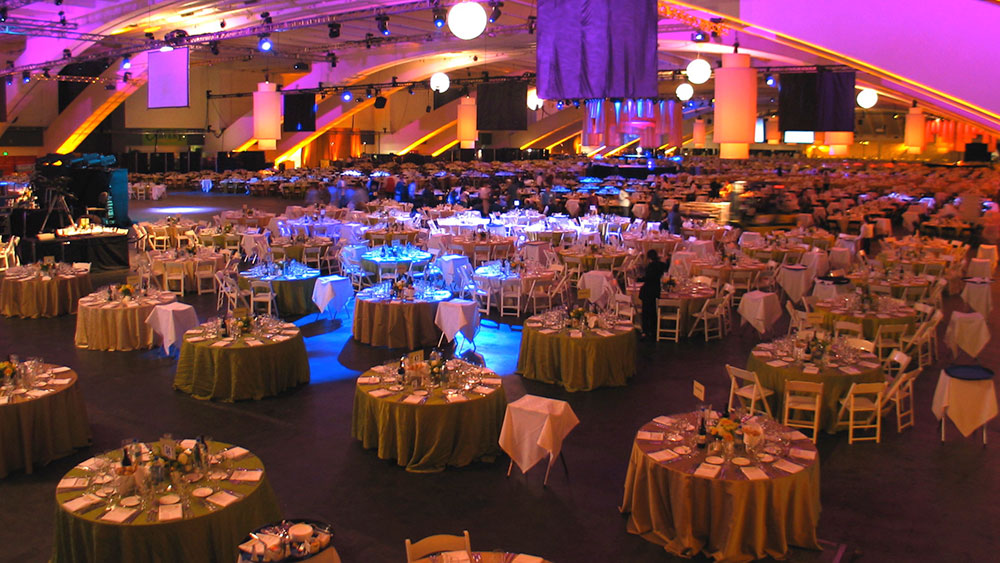
At the Moscone Center, a kitchen-based composting program has been in place since 2004, and the center began using compostable food serve-ware products exclusively in 2008.
The meetings industry — along with the rest of the world — is waking up to the devastating costs of food waste. Globally, approximately one-third of the food that is produced is thrown away. In the United States, commercial kitchens, including hotel and convention center kitchens, account for a stunning 25 percent of food waste. It’s not only an ethical crisis — how can we throw away so much food while others go hungry? — but an environmental one. The energy we spend to produce the food we waste represents approximately 8 percent of the annual total of global greenhouse gas emissions and contributes to deforestation and the loss of global water resources.
Event planners concerned about the environmental and ethical impact of food waste can feel confident meeting in San Francisco, where the city has been working toward zero waste for nearly two decades. In 2003, the city passed a mandatory composting and recycling law, requiring residents and businesses to separate recyclable and compostable items from trash headed for the landfill. Today, San Francisco annually diverts 80 percent — about 1.5 million pounds — of waste away from landfills, said Joe D’Alessandro, president and CEO of San Francisco Travel. “That’s nearly double the weight of the Golden Gate Bridge.”
At the Moscone Center, a kitchen-based composting program has been in place since 2004, and the center began using compostable food serve-ware products exclusively in 2008. Compost has been collected from all public areas at Moscone West since 2010 — food scraps and any food serve-ware provided by SAVOR, the Moscone Center’s catering service, go into green bins; recyclables, including paper, plastic, aluminum, and glass, go into blue bins. Any remaining trash goes into black bins. As a result of those efforts, the Moscone Center has one of the highest rates of food composting of any center in the world, D’Alessandro said.
And for event planners, donating the food left over from their events that is safe for others to eat literally is a no-brainer. SAVOR’s policy is to donate suitable leftovers from center events to area nonprofits, whether meeting planners request it or not. The center also makes it nearly effortless for planners to donate leftover merchandise, samples, and giveaways to local nonprofits — they can simply place blue “Donate” stickers, supplied by the center, on boxes or items at an event’s end. Over the last five years, the amount of food and other goods donated from Moscone Center events has totaled more than 1 million pounds, D’Alessandro said.
Following its renovation last year, the Moscone Center became the highest-scoring LEED convention center in the world. It’s not only the building’s construction that is significant, D’Alessandro said, it’s the sustainability of its operations. The goal was “to reflect the core values of environmental sustainability, which is so important to the city of San Francisco.”
To read about how a venue’s sustainability policies have been found to be the most important factor contributing to lowering an event’s environmental impact, see Getting Buy-In for Green Events.

